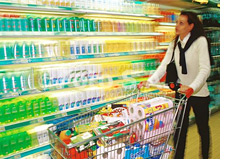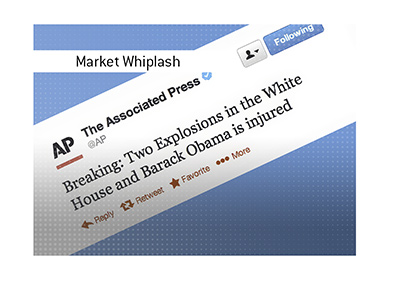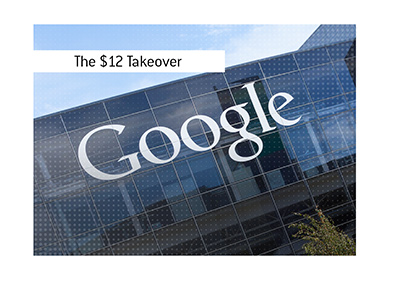$49,638 Spent By Average American Household in 2007
 The Bureau of Labor Statistics is absolutely stuffed with useful and interesting information.
The Bureau of Labor Statistics is absolutely stuffed with useful and interesting information.The Bureau of Labor Statistics (or BLS for short) tracks all sorts of different things, including employment trends, earnings trends and consumer expenditure trends. Consumer expenditures will be the focus of this article.
Note: the most up-to-date information from the BLS re: consumer expenditures is from 2007 - you can expect the 2008 data to be released in late November. It will be interesting to see the impact of the recession on the spending habits of the average American household.
According to the BLS, the average American "consumer unit" spent a total of $49,638 in 2007. A "consumer unit" basically comprises of people living in a household, whether it is a single financially independent person, or an entire family.
Not surprisingly, the greatest cost to the average American household is for shelter. The average American family spent a total of $16,920 in 2007 on housing. Housing (which includes rent/mortgage payments, utilities, etc.) accounted for over 34% of the yearly expenses for the average American household in 2007.
The next highest expense? Transportation, which came in at a whopping 17.6%. This means that the average American household spent a total of $8,758 on transportation in 2007. Of this, nearly $2,400 was spent on gas and oil.
12.4% went to food purchases - 7.0% was spent on food at home, while 5.4% was spent on restaurant and take-out food. The average American family spent almost $2,700 on "food away from home" in 2007, which works out to well over $200 per month.
$5,336 was spent on "personal insurance and pensions" in 2007, of which $5,027 went to Pensions and Social Security.
$457 (on average) was spent on alcoholic beverages, $323 was spent on tobacco, and $118 was spent on "reading".
You can definitely see the impact of rising oil prices on the average American budget in 2007.
Gas and oil costs were up over 10% from the year prior, and public transportation costs were up 12.7%. Many people bit the bullet and stomached the higher gas prices, while many people decided to forego their vehicles and take other methods of transportation to get to work.
Here is the total breakdown (in %):
Food - 12.4%
Alcoholic Beverage - 0.9%
Housing - 34.1%
Apparel and Services - 3.8%
Transportation - 17.6%
Healthcare - 5.7%
Entertainment - 5.4%
Personal care products and services - 1.2%
Reading - 0.2%
Education - 1.9%
Tobacco Products - 0.7%
Miscellaneous - 1.6%
Cash Contributions - 3.7%
Personal Life Insurance and Pensions - 10.8%
Here are some of the other things that stood out for me in this report:
1. The average income (before taxes) for the average American "consumer unit" was $63,091 in 2007, while the average expenditure amount was $49,638. This doesn't seem to leave much breathing room after taxes, and is the reason why many people turned to credit cards to finance their lifestyles.
2. The highest 20% of income earners spent more than three times as much as the lowest 20% on food, and nearly four times as much on housing. However, the two groups spent a nearly identical amount of tobacco.
3. The highest 20% of income earners spent more than 7x as much as the lowest 20% on public transportation. On gasoline and oil, just 3.5x as much.
4. The average income of a consumer unit that owns a home is $76,875, while the average income of a consumer unit that rents is $35,390.
5. The average amount of $ spent on "reading" by a household that owns their home is $144, while a renting unit only spends $65.
6. Despite the large disparity in incomes, renting households spend more ($377) on tobacco than homeowners ($296).
7. Asian households have a huge advantage in terms of income before taxes. The average Asian household earns $80,487 before tax every year, while other races are nearly half that. It's interesting to note though, that Asian households spend much less than the average American household on healthcare, entertainment and tobacco.
8. "Managers and professionals" boasted the highest average incomes in 2007 ($99,577, not surprising), while self-employed workers came in second ($90,530).
9. A full 76% of all self-employed workers were homeowners in 2007.
10. People with a professional or doctoral degree spent the less amount of money ($111) on tobacco BY FAR (consider that the national average is $323). They also spent the most on public transportation, despite earning the most money of any other educational group. A full $1,650 per year was spent by this group on public transportation, compared to the national average of $538.
--
Source: BLS.gov - Consumer Expenditures in 2007 (*.pdf)
Filed under: General Knowledge



